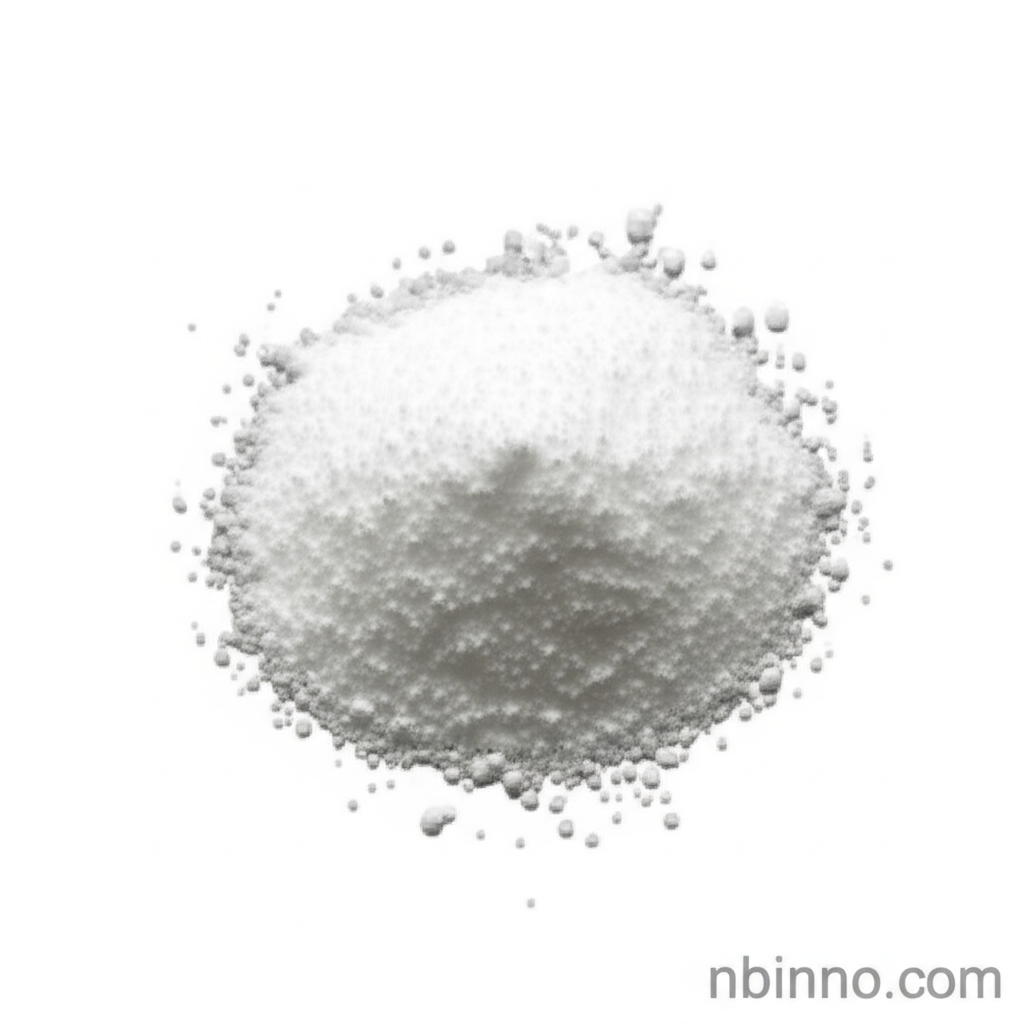Thiophene-2,3-dicarbonitrile: A Key Building Block for Advanced Organic Electronics
Discover the potential of Thiophene-2,3-dicarbonitrile (CAS: 18853-42-4), a vital intermediate for next-generation organic electronic devices. Explore its applications in OFETs, OLEDs, PLEDs, and OPVs.
Get a Quote & SampleProduct Core Value

Thiophene-2,3-dicarbonitrile
Thiophene-2,3-dicarbonitrile (CAS No.: 18853-42-4) is a critical heterocyclic intermediate, widely recognized for its utility in developing high-performance organic electronic materials. As a trusted supplier in China, we provide this compound with a minimum purity of 97%, essential for demanding applications. Its molecular structure, C6H2N2S, with a molecular weight of 134.16 g/mol, makes it an ideal building block for OFETs, OLED, PLED, and OPV materials.
- Leverage the unique properties of heterocyclic organic chemistry intermediates to advance your research and development. This compound is crucial for creating novel semiconductor molecules.
- Source high-quality Thiophene-2,3-dicarbonitrile from a reliable manufacturer in China, ensuring consistency and performance. We are committed to providing materials that meet stringent industry standards.
- Explore the application of Thiophene-2,3-dicarbonitrile in Organic Electronics, enabling the next generation of display and electronic devices. Its dicyano functionality offers excellent electron-accepting capabilities.
- Benefit from competitive pricing on Thiophene-2,3-dicarbonitrile CAS 18853-42-4, making advanced materials more accessible for your projects. We aim to support innovation with cost-effective solutions.
Product Advantages
Enhanced Electronic Properties
Thiophene-2,3-dicarbonitrile acts as a versatile building block for organic electronics, contributing to improved charge transport and optoelectronic properties in devices like OFETs and OLEDs, leveraging its unique heterocyclic structure.
High Purity for Precision Applications
With a purity of 97% minimum, this compound is suitable for demanding applications in materials science, ensuring reliable performance and consistent results when developing advanced electronic components.
Facilitates Organic Synthesis
As a key dicyanothiophene intermediate, it facilitates efficient synthesis routes for complex organic molecules, supporting innovation in areas such as organic semiconductors and functional materials.
Key Applications
Organic Field-Effect Transistors (OFETs)
Utilize Thiophene-2,3-dicarbonitrile in the synthesis of semiconducting polymers and small molecules for high-performance OFETs, crucial for flexible displays and sensors.
Organic Light-Emitting Diodes (OLEDs)
Incorporate this heterocyclic compound into emissive or charge transport layers for OLEDs, contributing to brighter, more efficient, and longer-lasting displays.
Polymer Light-Emitting Diodes (PLEDs)
Its excellent electronic properties make it valuable for PLED applications, enabling the development of solution-processable organic electronic devices.
Organic Photovoltaics (OPVs)
Thiophene-2,3-dicarbonitrile serves as a key component in donor or acceptor materials for OPVs, enhancing power conversion efficiency in next-generation solar cells.
